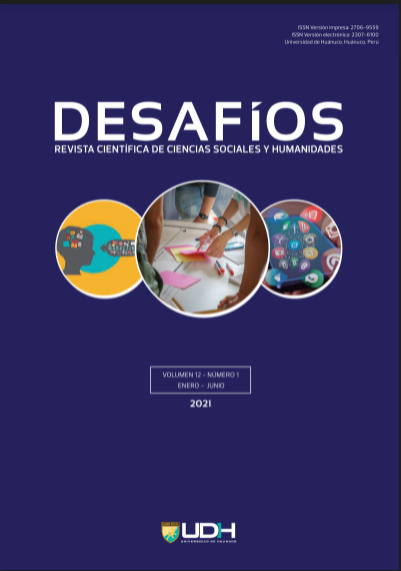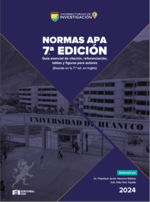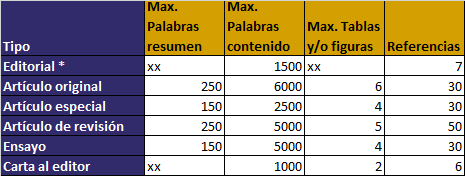Healing music in the Asháninka communities of the Tambo river basin
DOI:
https://doi.org/10.37711/desafios.2021.12.1.272Keywords:
territory, sheripiari, music, icarusAbstract
The objective of the research was to determine the main characteristics of healing music in the Ashaninka communities of the Tambo river basin, district of Río Tambo, province of Satipo, in the central jungle of Junín. The research is qualitative, applied type, exploratory level, ethnographic method, non-experimental design. The instruments used were the interview guide and the observation guide; the epistemology that supports the research is the cultural-historical theory of Lev Semionovich Vigotsky. The representative sample consisted of 30 participants. The main characteristics found were ritual, medicinal, aesthetic, performed with traditional musical instruments and communitarian. It is concluded that the music is ritual because it is religious and the forest is a temple of spirits. It is medicinal, because it heals psychosomatic illnesses. It is aesthetic because the sheripiari is a composer and spiritual guide. It is interpreted with traditional musical instruments using their own codes. It is communitarian, because it is festive in the community.
Downloads
Published
How to Cite
Issue
Section
License
Copyright (c) 2021 Beatriz Anastacia Fabián Arias

This work is licensed under a Creative Commons Attribution 4.0 International License.
a. Los autores conservan los derechos de propiedad intelectual (copyright) de las obras publicadas, cediendole a la revista el derecho de primera publicación.
b. Los autores retienen sus derechos de marca y patente, y también sobre cualquier proceso o procedimiento descrito en el artículo.
c. Los autores retienen el derecho de compartir, copiar, distribuir, ejecutar y comunicar públicamente el artículo publicado en la RD (por ejemplo, colocarlo en un repositorio institucional o publicarlo en un libro), con un reconocimiento de su publicación inicial en la RD.
d. Los autores retienen el derecho a hacer una posterior publicación de su trabajo, de utilizar el artículo o cualquier parte de aquel (por ejemplo: una compilación de sus trabajos, notas para conferencias, tesis, o para un libro), siempre que indiquen la fuente de publicación (autores del trabajo, revista, volumen, número y fecha).
























